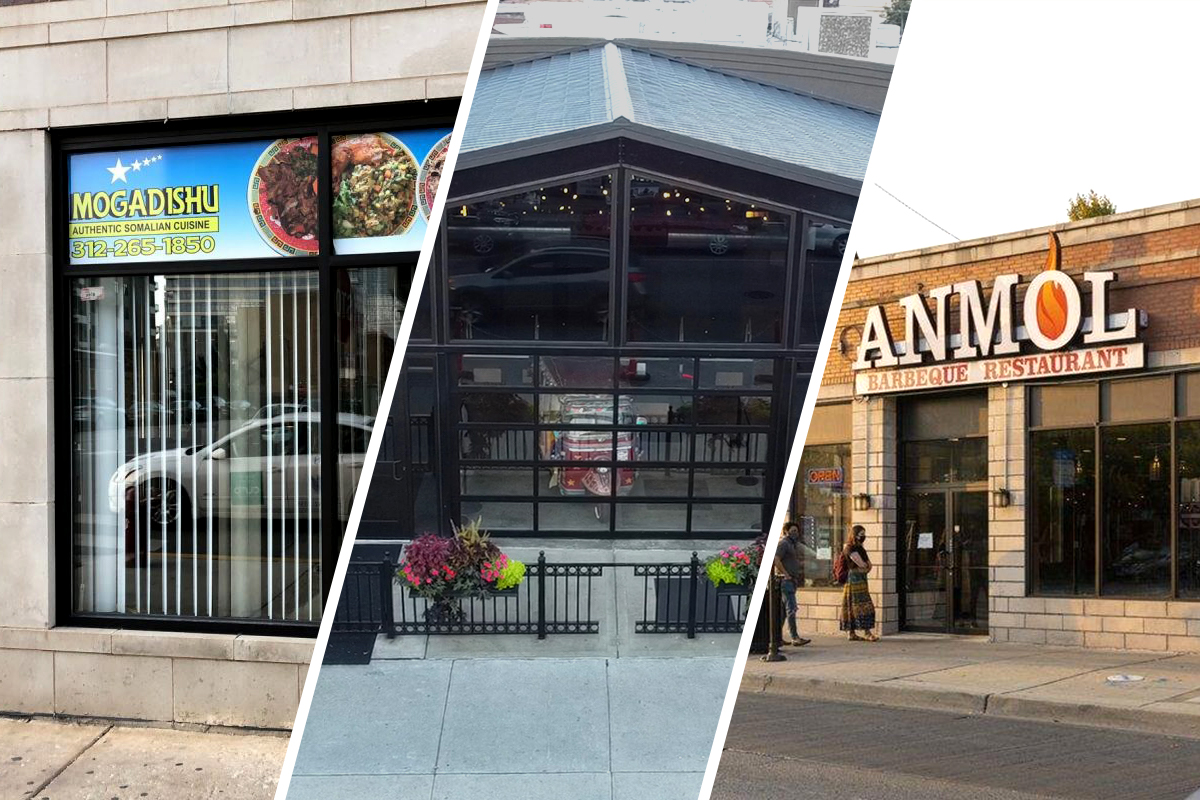The Diaspora of South Asian Americans
Culture
BY
admin
July 28, 2022
The Diaspora of South Asian Americans

Understanding Diaspora
Diaspora is the migration during the nationalism age. It is a political and emotional gathering in distant countries under the sign of the nation. People started migrating before the 19th century when nationalism first emerged. They traveled so far from their local birthplaces and social sustenance to territories that they lost contact with their origins. The majority of these migrants did not perceive themselves as South Asians in America.
There is no evidence that those from the Indian subcontinent, who frequently traveled to Southeast Asia or Africa considered themselves to be a part of a desi diaspora. Instead, they migrated to distant locations and started working on the creation of new ideologies. They bought social customs, habits, and resources from their homelands and built diasporas.
The Desi Diaspora
The Indian subcontinent’s diaspora has undergone far too many label changes over the past few decades. In the 1970 U.S Census, Asians were referred to as ‘white.’ On the other hand in the 1980s, United Kingdom residents referred to the immigrants from Pakistan and India as ‘Black’. Therefore, a broad number of umbrella terms were designated for the South Asian American community.
The term ‘Desi’ means a country’s native. Most people think that the term applies only to Indians and leaves out all other South Asians. Additionally, they assert that it appears to erase the range of cultural identities by primarily identifying a subset of dominating, upper-caste Indians. Sunaina Maira, a professor of Asian American Studies at the University of California in her paper, explains Desi’s as a pan-ethnic term rather than a concept with a defined national boundary which is used informally to refer to the persons of South Asian descent.
Nowadays, the terms ‘South Asian’, ‘Brown’, and ‘ Desi’ are dominant. These terms are fitting names for societies because of their inherent similarities and shared past. Some people claim that a great number of ethnic groups that make up the subcontinent are painted over. Some claim that erasure is widespread and it occurs both inside and outside of ‘South Asian’ circles. According to experts, the three terms do not always function as intended. Also, it is crucial to remember that they don’t always signify the same meaning.
For years, there has been a heated discussion about how to describe the diaspora: should we be inclusive or exclusive? And can we do both at the same time?
Jaswir Singh, the campaigner, and cofounder of South Asian Heritage Month in the UK said;
“They each have a place, but they don’t entirely encompass each of the others.”
Understanding how people in the Western world came to the community in such high regard is crucial to moving forward. Americans are most familiar with North Indian culture like Bollywood music, butter, chicken, and so forth. Although they don’t represent the majority of people in the subcontinent, these stereotypes are ones that many people in the diaspora feel they have to adhere to. For instance, Bangladeshis in New York City traditionally refer to their restaurants as “Indian” to draw in more customers. As said by Sunaina Maira;
The term “South Asian” was created to challenge the mindset.
Inclusive Amalgamation of South Asian
Maira recalled the moment when the ‘South Asian’ phrase first gained popularity as she traveled to the US from India. In the 1980s, the phrase “South Asian” was first used in the recognition of transnational movements within the diasporic communities. According to her, it brought together all of these national groups who would not have interacted in the subcontinent. For example, the diasporas in East Africa and Indo-Caribbean communities are also a part of the label.
South Indian American Denali Nalamalapu claimed that “South Asian” is not a single identity. She enjoys acknowledging regional specificity when she describes herself. According to her, the terms ‘South Asian’ and ‘Desi’ exclude many people from the subcontinent. She is cautious about supporting the idea that all South Asians are Indian.
She acknowledged that some people might not understand if she claimed to be from Andhra Pradesh, the Indian state where her ancestors are from. That is why she refers to herself mostly as “South Indian” which feels both comprehensive and distinctive. She said;
“When I talk to friends who are North Indian, it could be as if I am talking to friends, from, really, anywhere in Asia. It often feels to me like different countries.”
Singh believes that the strength of the term: South Asian” stems from both its regional specificity and incapacity to be limited by geographical boundaries. He wanted to broaden the perception of South Asia in the West so he co-founded South Asian Heritage Month in the UK. Even though nations and groups are autonomous, a shared identity has emerged as a result of the diaspora conflict. Singh retorted;
“You can’t call it a ‘community,’ singular. It’s South Asian ‘communities,’ plural because there is such diversity, so many distinctions, so many variables.”
How did 911 Elevate the ‘Brown’ Identity?
The brown skin people have seen many changes after the 9/11 terrorist attacks. According to Maira, “ there was a specific formulation of targeted groups that were perceived as opponents of the United States. That included a huge number of people of color.”
As prejudice and violence against brown Americans increased and discrimination against Muslims and Sikhs became common, South Asians in America formed alliances with other ‘brown’ people. A variety of intricate acronyms were born out of solidarity with Arab Americans, Iranian Americans, and Black Muslims. For instance, due to a shared political history, the groups formed AMEMSA (Arab, Middle Eastern, Muslim, and South Asian), MESA (Middle Eastern, South Asian, African), and SWANA (Southwest Asian and North African).

Maira, furthermore, noted that the similarities transcend national boundaries. She claimed that North Indians and Pakistanis in America have more in common with Afghans, Iranians, and Arabs. In the early 2000s, youth created their groups on what they perceived to be a shared trait: their brownness. The phrase ‘brown’ evolved to address the ambiguity of the word “Asian American” about: South Asian.”
East Asians are mistakenly referred to as ‘Asian.’ She believed the term ‘brown’ was an attempt to address and establish a distinctive category for those who are not perceived as Asians in the United States. According to experts, widespread colorism is a significant contributing element to the label. As this generation rebels against Eurocentric beauty standards, the phrase is starting to have a meaning of its own.
Uncertainty with the term ‘Asian American’
There are always differences of opinion when discussing the diaspora. Many South Asians claim to have no connection to the words ‘Asian’ or Asian American.’ South Asians are frequently left out and are not acknowledged as truly Asian Americans, as claimed by Maira. The South Asians lack a place at the table despite the Asian American civil rights movement. Although the phrase was developed in progressive environments, many in the diaspora believe it to be an overall general term.
Only 6% of Indian Americans claimed that the term ‘Asian American’ best describes them in a poll by the Carnegie Endowment for International Peace. It never seemed to be referring to South Asians. Because it attempts to encompass this enormous, immensely diverse continent, “it can never mean anything,” according to Nalamalapu.
Shreya Prabhu felt “Asian,” growing up in India, but she never had to define herself to Mumbai peers. She realized after moving to the United States that ‘Asian’ is a separate identity. When Americans use the term “Asian,” she believes they are referring to the citizens of East Asian nations.
The Need for Coalition
The terms will continue to change but it is more crucial to concentrate efforts on fundamental problems within and outside of the subcontinent. We must keep in mind that these are political structures that we adopt to exploit them for particular ends. It may become extremely difficult to battle out at the level of labels without understanding the deeper politics and shared histories.
Post Views: 335
Related Posts
Your Complete Guide to Pakistan Food in Chicago, Illinois In reality, Pakistani food in Chicago ...
admin
July 7, 2022
Windy City Dine-in Culture For A Chicago Foodie Chicago is the place where the food culture of the ...
admin
August 10, 2022
Top 10 Indian restaurants in Chicago The hustle and bustle of Chicago is something that everybody ...
admin
July 7, 2022
THE MOST POPULAR SPOTS, CATEGORIES







